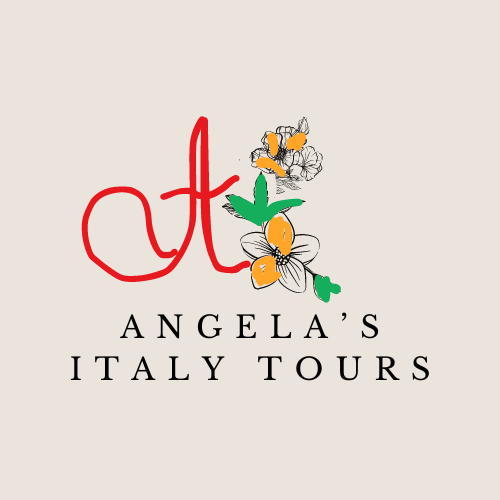Picture this: You’re dreaming of a trip to Italy, your mouth watering at the thought of authentic pasta, pizza, and gelato. But as you start planning, you’re overwhelmed by the sheer variety of Italian cuisine. How can you possibly experience it all? What if you miss out on the best dishes or local specialties?
Don’t worry! We’ve got you covered with our Ultimate Guide to Italian Cuisine. From traditional pasta dishes to regional specialties and Italian cooking techniques, we’ll take you on a mouthwatering journey through Italy’s culinary landscape.
Imagine confidently ordering like a local, understanding the stories behind each dish, and even bringing a taste of Italy back home. With our guide, you’ll discover the secrets of Italian food, from farm-fresh ingredients to time-honored cooking methods.
Ready to become an Italian food expert? Let’s dive into the delicious world of Italian cuisine, where every bite tells a story and every meal is a celebration. Buon appetito!
The Heart of Italian Cuisine: Pasta and Pizza
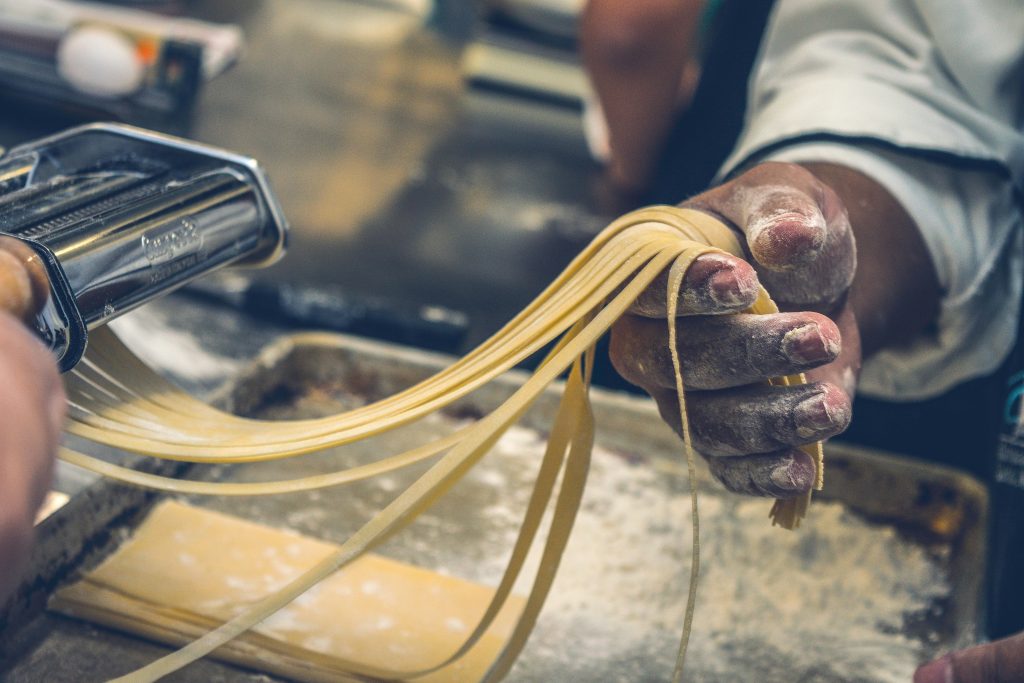
At the core of Italian cuisine lie two beloved staples: pasta and pizza. These dishes have captured hearts worldwide, but their authentic versions are truly special. Traditional pasta dishes like carbonara, amatriciana, and cacio e pepe showcase the simplicity and flavor of Italian cooking. Each region boasts its own specialties, from the rich, onion-based pasta sauces of Campania to the clam-infused spaghetti alle vongole, and all made with high quality local olive oil – treasure of Italy.
Authentic Italian pizza styles vary across the country, with each region putting its own spin on this classic dish. The key to great Italian pizza lies in its simplicity and high-quality ingredients. Whether it’s a Neapolitan-style pizza with a thin, crispy crust or a thicker, heartier Roman variety, the focus is always on fresh, flavorful toppings and perfect cooking techniques.
Italian cooking techniques are the secret behind these mouthwatering dishes. Methods like “al forno” (baking in the oven) for pizzas and pastas, and “alla mattone” (cooking under a brick) for meats, bring out the best flavor]. The art of making a perfect “soffritto” – a base of finely chopped onions, celery, and carrots – forms the foundation of many Italian sauces and stews[8]. Mastering these techniques is key to creating authentic Italian flavors at home.
From Farm to Table: Ingredients and Specialties
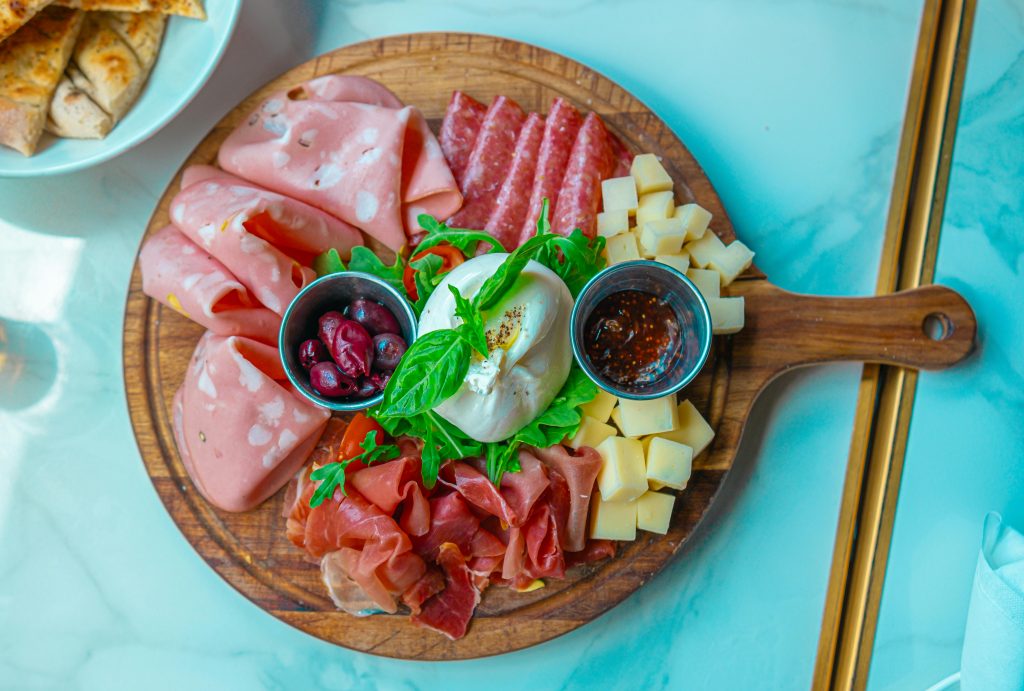
Italy’s cuisine is a celebration of fresh, seasonal ingredients and regional specialties. Each area of Italy boasts its own unique flavors and dishes, shaped by local traditions and available produce. In Venice, you’ll find seafood-rich dishes like Fritto Misto and Risotto al Nero di Seppia, while Florence is known for its Bistecca alla Fiorentina and local cheeses. The Amalfi Coast offers light, fresh fare featuring world-famous lemons and seafood.
Seasonal eating is a cornerstone of Italian cooking. Winter brings hearty root vegetables and citrus fruits, while spring ushers in asparagus and cherries. Summer explodes with tomatoes, zucchini, and melons, perfect for refreshing salads and light pasta dishes.
Italian herbs and spices are essential in bringing these ingredients to life. Basil, oregano, rosemary, and thyme are staples in many Italian kitchens. These aromatic herbs add depth and flavor to everything from pasta sauces to roasted meat. A simple blend of these dried herbs creates the classic Italian seasoning, versatile enough to enhance a wide range of dishes.
By embracing seasonal ingredients and regional specialties, Italian cuisine maintains its freshness and authenticity. This farm-to-table approach ensures that every meal is a true taste of Italy’s rich culinary heritage.
The Art of Italian Dining
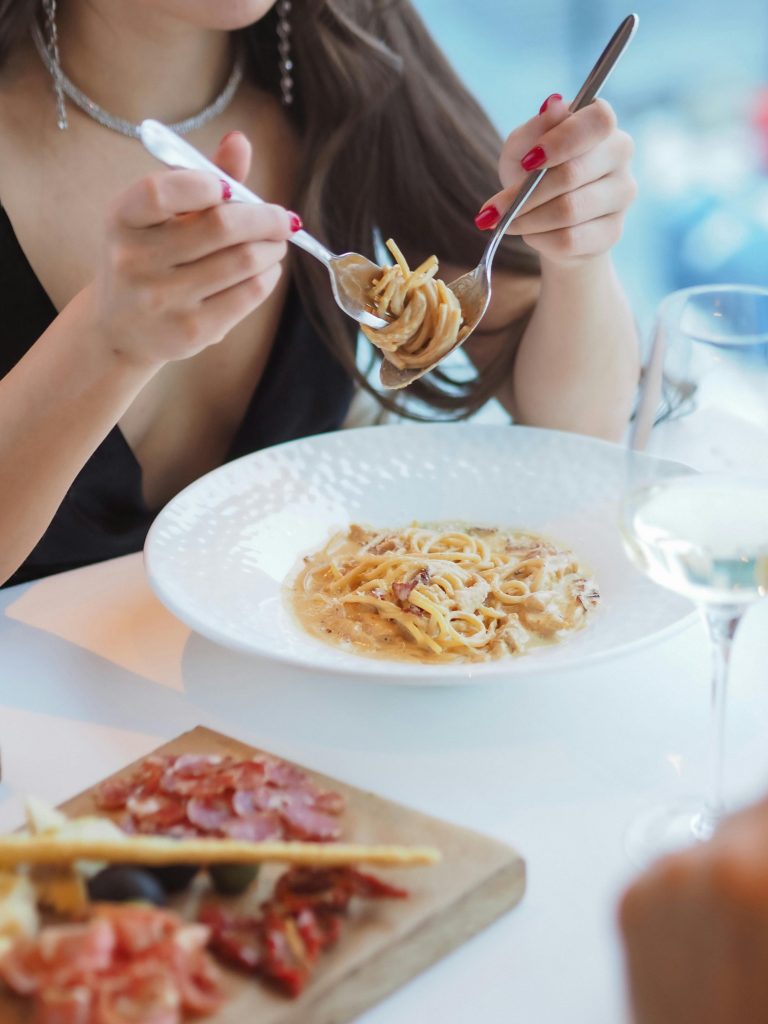
Italian dining is a delightful experience that goes beyond just eating. A traditional Italian meal has a specific structure that allows you to savor each course. It typically starts with the aperitivo, a pre-dinner drink like Prosecco or Campari, often enjoyed with small snacks. This is followed by the antipasto (appetizer), primo (first course, usually pasta or soup), secondo (main course), contorno (side dish), and dolce (dessert).
The aperitivo tradition is an important part of Italian culture. It’s a time to relax and socialize before the meal, usually with light drinks and small bites. This custom helps prepare your appetite for the meal to come.
When dining in Italy, it’s important to follow some basic etiquette rules. Always wait for everyone to be served before starting to eat, and make eye contact when toasting. It’s polite to keep your hands visible on the table and use utensils for most foods, even pizza in formal settings. Remember not to ask for parmesan cheese for every dish – it’s not used on fish or certain pasta dishes. Lastly, enjoy your meal at a leisurely pace. In Italy, dining is about savoring both the food and the company.
Sweet Endings: Desserts and Coffee

Italian desserts are a delightful way to end any meal. Tiramisu, a beloved Italian treat, combines coffee-soaked ladyfingers with creamy mascarpone and cocoa powder. Another famous dessert is panna cotta, a silky custard-like dessert often served with fruit or caramel sauce. Gelato, Italy’s version of ice cream, comes in a variety of flavors and has a rich, creamy texture[3]. Traditional flavors include pistachio, stracciatella (vanilla with chocolate chips), and fior di latte (milk cream)[5].
Italian coffee culture is an essential part of daily life. Espresso is the most common coffee drink, usually enjoyed quickly while standing at a bar. Cappuccino, a mix of espresso and steamed milk, is typically only consumed in the morning[4]. Italians take their coffee seriously, following the “4M rule” for perfect espresso: blend (miscela), grinder (macinino), machine (macchina), and barista (mano).
Coffee in Italy is more than just a drink; it’s a social ritual that brings people together. Whether it’s a quick espresso at the bar or a leisurely cappuccino with breakfast, coffee plays a central role in Italian culture and traditions.
Beyond the Plate: Italian Food Experiences
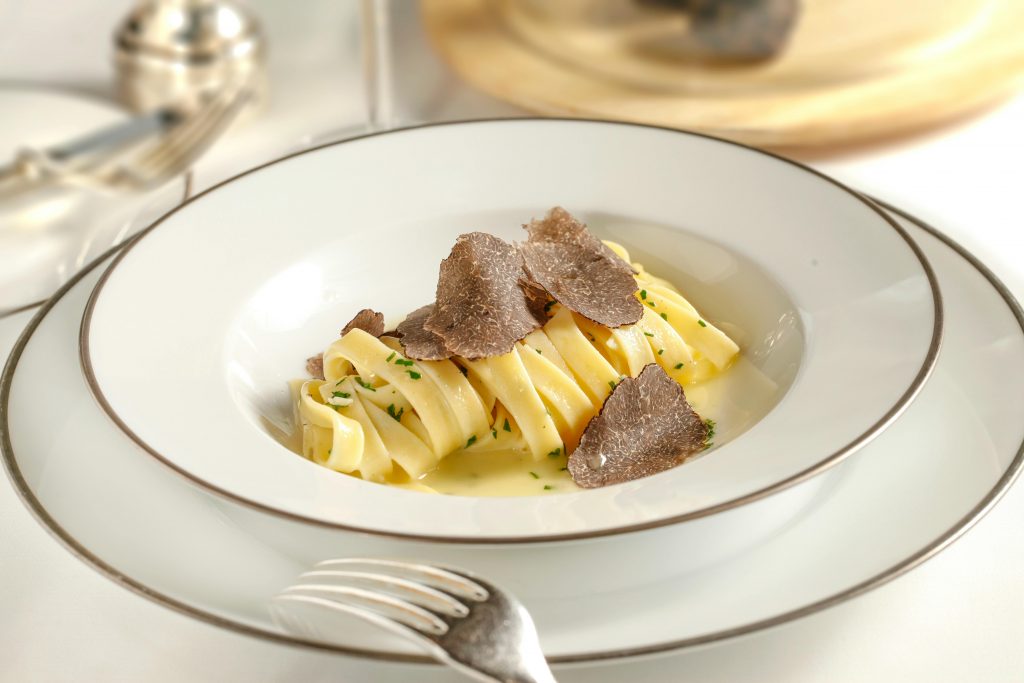
Italy offers food lovers more than just delicious meals. Italian food festivals are a great way to dive into local culture and flavors. The Porchetta Festival in May features the best roasted pork sandwiches, while the Tomato Festival in July showcases dishes made with sweet San Marzano tomatoes.
For a unique adventure, try truffle hunting in Tuscany. The best time for white truffle hunting is from late September to December. You’ll join expert hunters and their trained dogs to search for these prized fungi in the woods. Some tours last about two hours and end with a truffle-themed lunch. It’s a fun way to learn about truffles and enjoy the beautiful Tuscan countryside.
Farm-to-table experiences in Italy let you taste the freshest local ingredients. Many regions offer tours where you can visit farms, vineyards, and olive groves. You’ll see how Italian ingredients are grown and produced, often followed by a meal made with those same fresh ingredients. These experiences connect you directly to the source of Italian cuisine and help you appreciate the care that goes into each dish.
Conclusion
Your adventure through Italian cuisine doesn’t end here – it’s just beginning! These insights are your passport to understanding the rich, delicious world of Italian food. Whether you’re planning a trip or want to recreate Italian magic in your kitchen, remember that authentic cuisine is about passion, quality ingredients, and taking time to enjoy every bite.
Embrace the Italian approach to food: slow down, savor each moment, and celebrate the stories behind every dish. Cooking and eating aren’t just about nutrition – they’re about connection, tradition, and joy. Want More Italian Culinary Secrets?
Got questions or want personalized Italian food travel advice? I’m here to help! Reach out to me directly at info@angelatourism.com. Let’s turn your Italian food dreams into delicious reality.
FAQs:
1. What makes Italian cuisine unique?
Italian food focuses on fresh, seasonal ingredients and simple cooking methods that highlight natural flavors.
2. Do Italians really eat pasta every day?
Not necessarily. Italians enjoy varied diets with pasta being just one component of their meals.
3. What’s the difference between Italian and American pizza?
Italian pizza has thinner crusts, fewer toppings, and uses high-quality, fresh ingredients.
4. When is the best time to visit Italy for food festivals?
Summer and early fall offer the most food festivals, with events celebrating everything from tomatoes to truffles.
5. What is aperitivo?
A pre-dinner tradition of enjoying light drinks and small snacks, typically between 6-8 PM.
6. Are gelato and ice cream the same?
No. Gelato has less fat, is denser, and is served at a slightly warmer temperature than ice cream.
7. What does ‘al forno’ mean?
It means “baked in the oven” and is a classic Italian cooking technique.
8. Do Italians drink cappuccino all day?
No, cappuccino is traditionally a morning drink. Espresso is consumed throughout the day.
9. What is the typical structure of an Italian meal?
Typically: antipasto (appetizer), primo (first course), secondo (main course), contorno (side dish), and dolce (dessert).
10. How important are regional differences in Italian cuisine
Extremely important. Each region has unique dishes, ingredients, and cooking styles reflecting local traditions.

I am a luxury travel specialist curating bespoke experiences in Italy. I have an extensive destination knowledge to help my clients achieve their travel dreams. Our services include: private leisure holidays, business arrangements. We have a wide variety of venues for celebrating birthdays, weddings, business meetings, corporate events. Visit our website to see all our exclusive luxury hotels/villas/resorts you can choose from. Based in UK, London. Visit Angela’s Luxury Tours To Italy
